Environmental art education is gaining importance in schools as a result of the growing importance that art education is beginning to conquer in environmental awareness. This emerging field of study is the result of an interdisciplinary effort, focused on different branches of education: the common goal is to inform and empower students to environmental issues, so that they act as protectors of their territory. The design of a place-based eco-artistic study program is therefore an attempt to outline a replicable methodology, calibrating it on specific territorial needs. Through an experimental study, conducted in a school in Mauritius, these pedagogical indications were tested.
The research develops from the assumption that every single individual is affected by environmental problems. Metaphorically speaking, we know the state of the art in depth. Ecosystem pollution and the risks associated with global warming, for example, are warnings implemented in a generic sense; even if each of us can identify the specific problems of his own reality of belonging and reference. When this does not happen, ignoring one’s responsibilities towards the natural world, the cumulative effect of this disinterest can have devastating effects. As it is already happening.
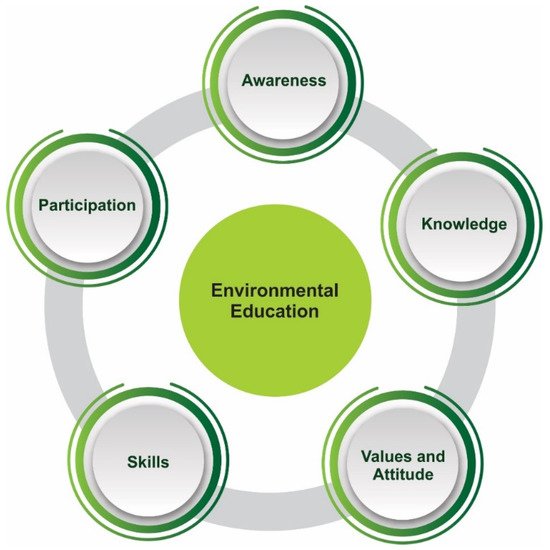
The loss of empathy with the environment
Several researchers claim that this situation arose at the end of the twentieth century. Lack of direct contact with the environment has become such a serious problem that it is at the root of deforestation, overconsumption and pollution. Just think of the innumerable knowledge and notions that each of us has on human activities: art, cinema, literature, fashion, and so on. Comparing them to those on the natural world, from the comparison we discover that in that field our knowledge is meager. Names of tree and fungal species, subdivisions of the animal world, are almost unknown to most. Given the current context, therefore, it would seem that people do not want to know the environment as they have no experience with it.
Empathy simply means “feeling inside”. The term originates from the German concept of “Einfühlung” and its meaning is the reaction of an individual to an object or living being. In its evolution, the expression has expanded its use to the description of an aesthetic experience. This connection makes art education an essential element in developing this specific sensitivity to environmental concerns.
There are many who argue that pupils today are in the position of consumers of information, while they should play an active role in the educational process. In support of this claim, numerous research articles suggest developing a living relationship with nature prior to the demand for conservation of the environment. This relationship is at the heart of place-based arts education, based on guiding school-age young people to be naturally connected to nature.
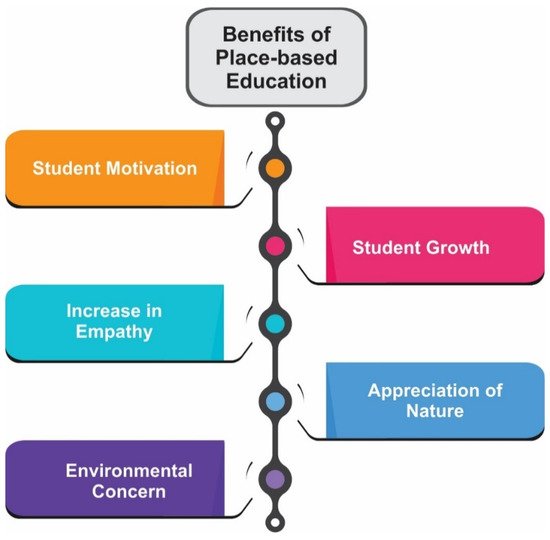
Materials and method of the experimental study
This experimental study, as already anticipated, took place in a Mauritian public school, through observation and data collection on a sample of students. First group consisted of 25 male boys aged 14: none of them had learning difficulties, but there were differences regarding the socio-economic level of the families.
The complex, located in the north of Mauritius, is attended by around 1200 students aged between 12 and 20 years. The school has several courtyards available, including a playground and several areas with trees and spontaneous vegetation. It has a varied extra-curricular educational offer, in which students are required to participate as an essential part of the teaching requirements: the DUKE program, for example, which offers international study opportunities with academic credits towards any specialization.
The proposed curriculum guidelines contain studies of nature, history and culture, which combined with those of transformative education, are appropriate for place-based artistic pedagogy. It consists of three units, for the gradual insertion of artists, tasks and discussions. Through books, video projections and PowerPoint the participants learned the most notional part, preparatory to the workshops; the most important tool used in this study, however, was the sketch pad. On it, students practiced “first-hand experiences of natural events”, freely choosing the artistic technique they preferred, and then articulating their thought processes in words on the back of the sheets. Through their subsequent sharing and discussion with peers, the students got used to understanding their level of empathy for the environment.
Through a questionnaire, proposed before and after the performance of each activity, the participants were then questioned, and related survey data were regularly recorded.
The activities covered by the eco-artistic curriculum
The curricular path included the identification of the concept of harmony, as a significant principle of design and the environment. Initially, the students associated it with music, with peace, but they did not correlate it with the intrinsic properties of nature. Observation in the open air has been the means of connecting harmony to art and the real natural world.
Later the students began to discover the importance of places. Site investigation is considered a fundamental step in any land-based education program, as it offers a physical environment to inspect the association and diversity of social, ecological and aesthetic aspects, in order to improve student understanding, including the ability of art to share different points of view and, furthermore, how art is able to foresee different realities.
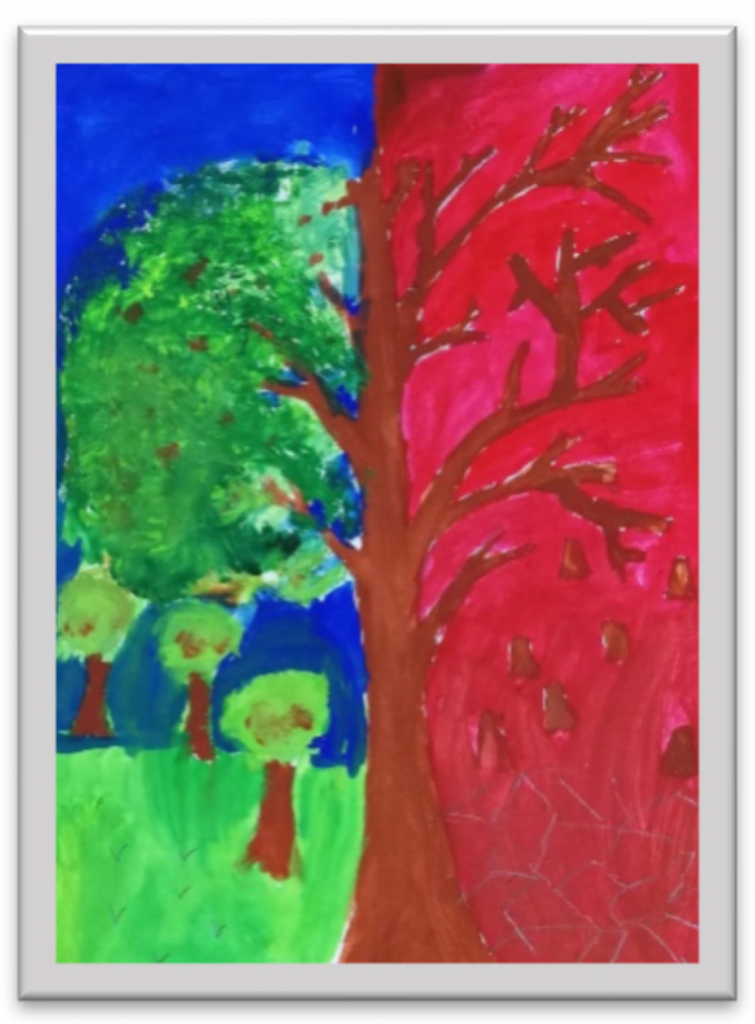
The next phase of the eco-artistic curriculum involved introducing the idea of the future, asking participants to imagine their place in society or community and illustrate it. The study of Markus Vesper, an environmental artist known for his apocalyptic paintings, allowed participants to experience how the imagination is not only allowed to figure positive alternatives, but can also lead to the extreme gravity of our real conditions. This awareness has inspired students to make an important change: it has generated concern, or rather the motivation, to take actions that can have a positive impact on their environment.
Eco-Art experiments
A further aspect of the research was focused on the production of a more experiential, participatory and original work: the construction of a system of planters with recycled material that would then host strawberry plants in the school garden, sown and cared for by the students themselves.
This type of work wanted to make them aware of the enormous amount of waste that exists, pushing them to consider their destiny and how our life and consumption choices can contribute to their accumulation. Through the transformation of materials, of external space, of art over time they have also witnessed the transformation of their own ecological attitudes.
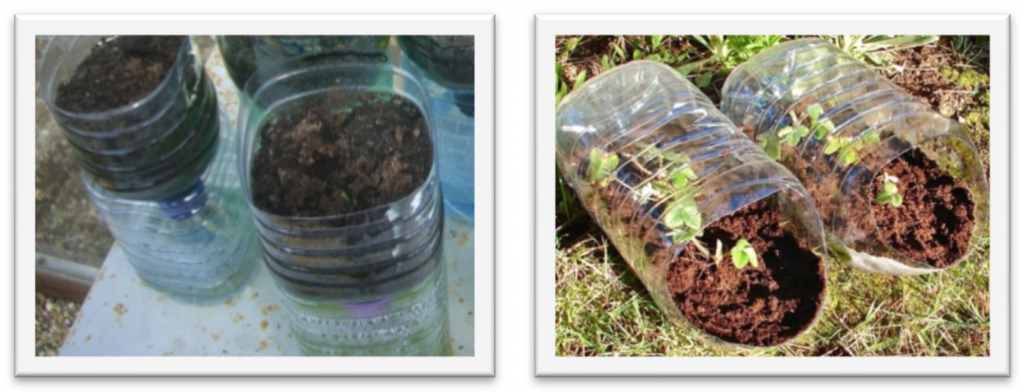
What are the results of this experimental investigation?
The verifications before and after the activities carried out were focused on the following statements:
- Animals and trees have the same right as humans to live on this earth.
- More people live on earth.
- Human beings on earth are destroying the earth.
- Human beings should conform to nature and the rule of nature.
- People should receive negative consequences for the harmful nature.
- Nature has sufficient capacity to handle the bad impact of the modern lifestyle of human beings.
- Humans try to manage things about nature.
- Human behavior has minimal impact on nature.
- Human beings understand the way nature manages and controls things.
- If humans have not changed, they face the negative impact on the environment.
The behavior in favor of the environment was evaluated using the numbers 1, 2, 4, 5, 8 and 10; questions 3, 6, 7 and 9 used instead to determine the anti-environmental mental attitudes of children. The results presented an average score of students’ environmental orientations to the New Ecological Paradigm (NEP), as well as information on their attitudes towards
the rights of nature, the eco-crisis and human exceptionality.
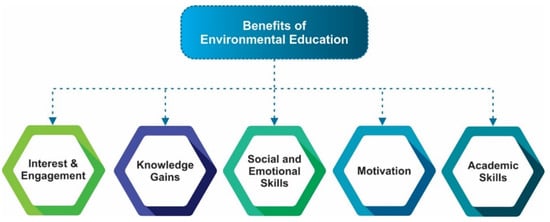
Another positive aspect of the survey concerns the levels of socialization among students, which increased as they completed the units assigned to them. Teamwork motivated collaboration, creating a climate of mutual respect and encouragement. Even in the critical phase, positive and constructive feedback was exchanged, confirming studies that state that student-centered approaches facilitate communication with other peers. The same positive relationship was established with the teacher. The role of the teacher is crucial in this study: they must ensure that students engage in individual exercises for successful learning.
Role of the school system in environmental education
Educational system can therefore create connections between the environment and the real life experiences of students, helping in the understanding of notions such as interdependence, conservation and sustainability; the sensations experienced in them help students build a relationship and prepare them to protect the Earth and community.
Leaders should formulate educational proposals such as the eco-arts curriculum to promote student engagement in building sustainable communities. This requires schools to enable students to maintain sustainable lifestyles. Research has clearly shown that teachers offer students many opportunities to increase their skills and knowledge by enthusiastically entering the community by teaching them the environment concerns and problems. This will enable students to become confident protectors of the environment and will also motivate other teachers to use this curriculum in their teaching.
To learn more:





